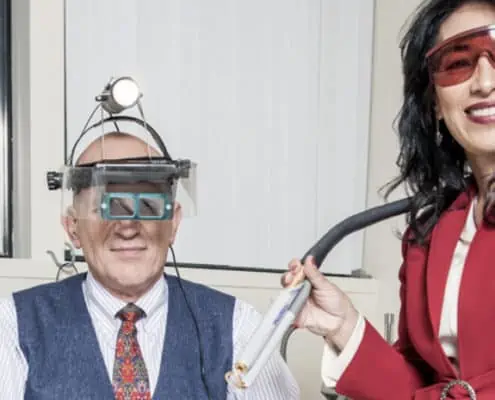
OC 949-428-4500
LA 310-460-2444
Lecture : What are stem cells? – Part 1 of 4 – Why are stem cells important?
(The following is a transcription of the above video)

Cosmic nebula representing the creation of the universe.
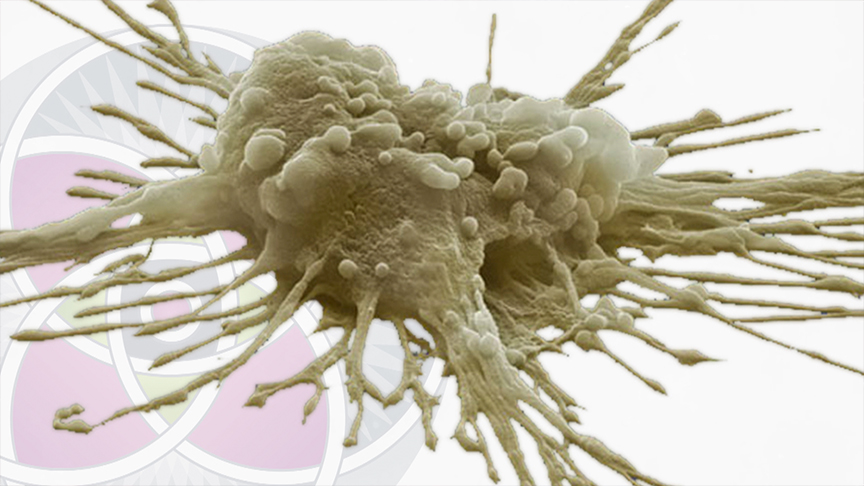
Up-close look at a mesenchymal stem cell
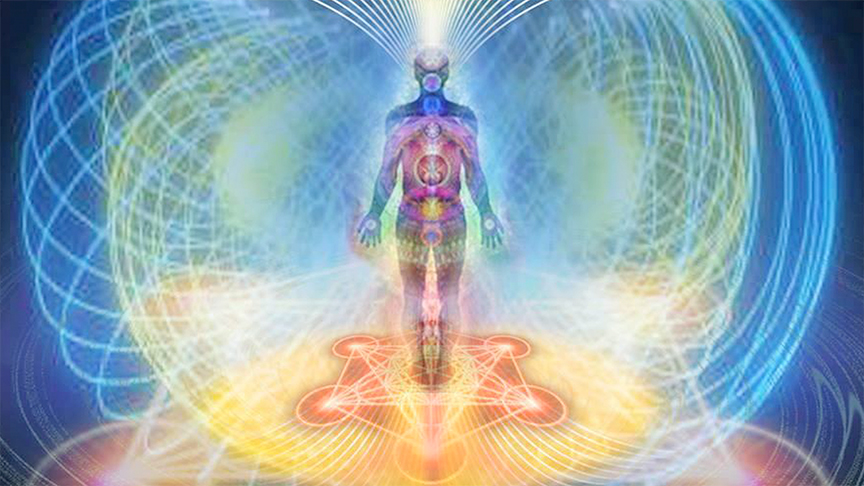
You are walking around within this incredible dynamic multi-dimensional kaleidoscope of extraordinary intelligence that created us.

Cells are designed to work at peak efficiency until they cannot and then they are designed to die, called apoptosis.
So why are stem cells important? The stem cell is in fact, the engine of that regeneration. It’s the stem cell that has the ability to replace those dying cells with new cells.
In fact, every organ in your body is filled with stem cells that have become the cells in charge of regenerating that organ. In the liver, there are liver stem cells that regenerate new liver cells and in your kidneys and in your vasculature, etc. All over your body there are stems cells specializing in different organs.
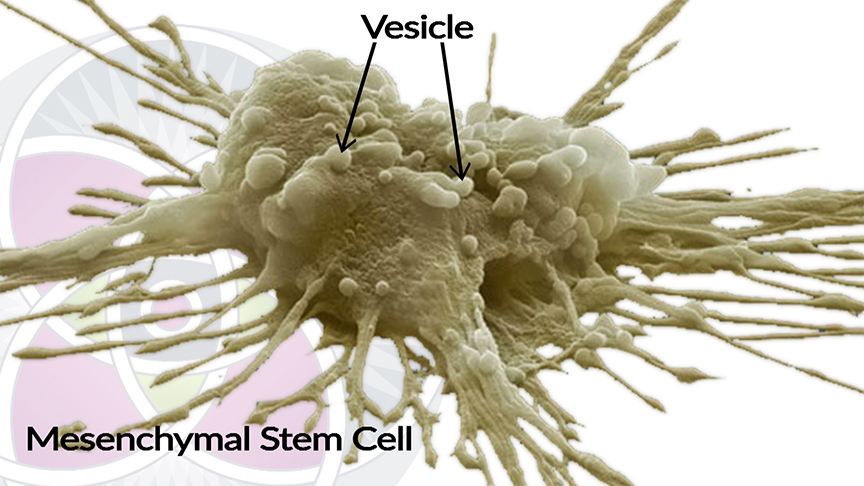
Mesenchymal stem cells are extracted out of umbilical cords.
Here is again, that same picture of the mesenchymal stem cell. I wanted you to look at it again more carefully.
This is a mesenchymal stem cell that’s extracted out of umbilical cords.
You’ll see that the cell has little bumps on it. Those little bubbles all over the surface. These are vesicles and those vesicles are filled with all sorts of signaling molecules, cytokines and things like that. These play a very important role in what the stem cells can do for us and how they function in our bodies.
Hold this image in your mind and we’re going to get back to it.
In fact, every organ in your body is filled with stem cells that have become the cells in charge of regenerating that organ. In the liver, there are liver stem cells that regenerate new liver cells and in your kidneys and in your vasculature, etc. All over your body there are stems cells specializing in different organs.
If you could keep your organs young, you could live a lot longer. It is really that simple.
The kind of motto that we play with here, maybe I should trade mark it, is that Regenerative Medicine “adds years to your life and life to your years”, we kind of like that and that really is what we do with Regenerative Medicine.
That thing, which modern medicine doesn’t deal with, our health, defining it, augmenting it, promoting it, accelerating it, Regenerative Medicine does exactly that.
Instead of just managing tissue that isn’t working, let’s say your pancreas, if you have diabetes how about replacing the damaged tissue or the dysfunctional tissue with new healthy young tissue that does function well? Then the disease would simply go away and you would be restored to optimal health.
That is what Regenerative Medicine is about.
If you could keep your organs young, you could live a lot longer. It is really that simple.
The kind of motto that we play with here, maybe I should trade mark it, is that Regenerative Medicine “adds years to your life and life to your years”, we kind of like that and that really is what we do with Regenerative Medicine.
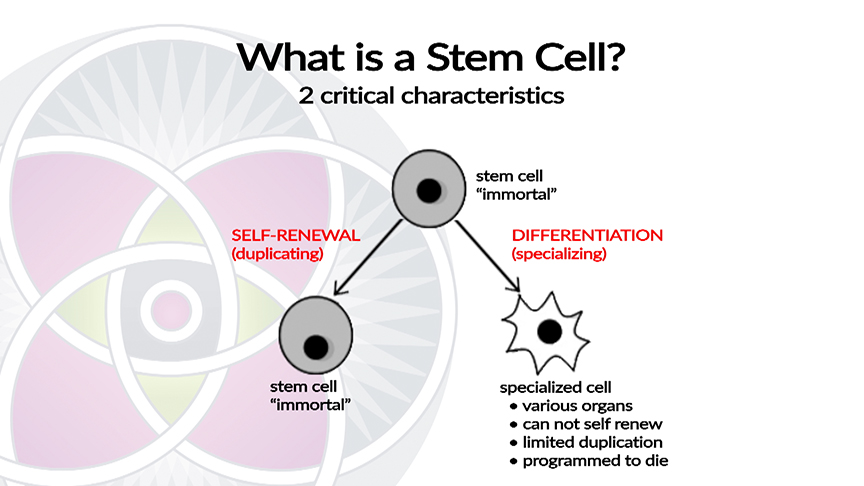
Stem cells are defined by two critical characteristics, self renewal and differentiation.
Here we have a slide of a stem cell. Two critical characteristics define what a stem cell is.
It is in fact, what we call an immortal cell, it hangs around for a long time and while it’s hanging around it has two things that it can do.
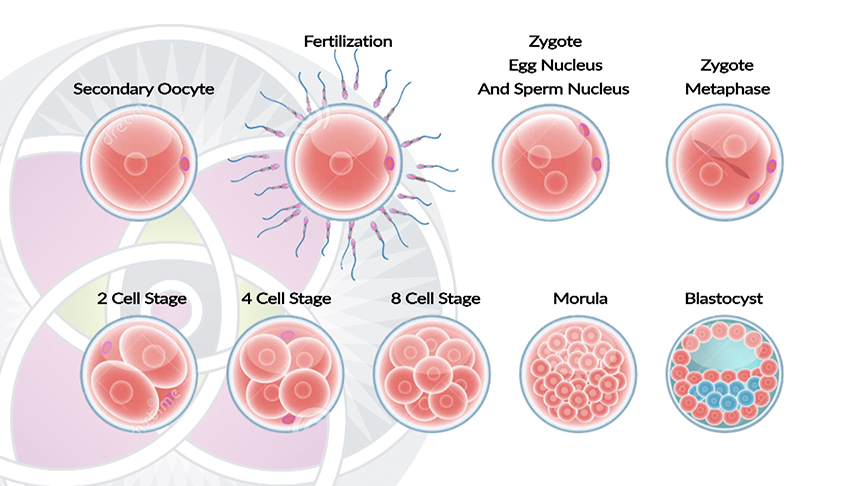
When we are an embryo, we are essentially a collection of stem cells.
Here is the history of where stem cells come from in our development and where they end up going.
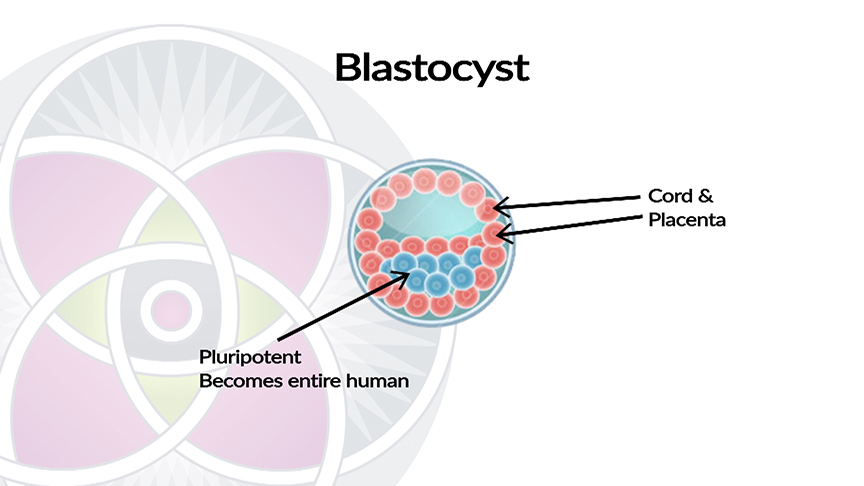
Why are stem cells important? Blastocyst Cells Differentiate Into Two Different Types
Here is a larger picture of the blastocyst. The cells on the outside that become the cord and the placenta and the blue cells in the inside
We call them pluripotent or totipotent and they have the potential of becoming anything. Every cell in your body come from those cells.

What are Stem Cells? The Hierarchy of How They Develop
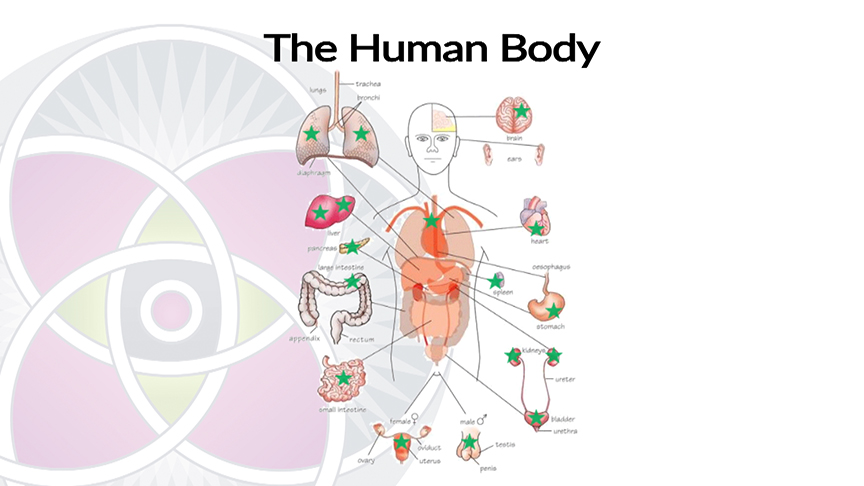
Why are stem cells important? All the Organs in Your Body Have Stem Cells
Here we have a diagram that is depicting the fact that all the organs in your body have those green stars in them and those green stars are a small percentage of that organ that are in fact stem cells.
AMA Regenerative Medicine & Skincare | 1570 Brookhollow Dr., Santa Ana, CA 92705 | 6310 San Vicente Blvd STE 285, Los Angeles, CA, 90048 Disclaimer: though everything on our website comes directly from reputable publications and scientific journals; and though thousands of these articles are available on official government websites (https://pubmed.ncbi.nlm.nih.gov), they have not been evaluated by the Food and Drug Administration and the FDA has not certified, endorsed or approved any of the scientific findings as methods of treating or diagnosing any diseases or illnesses.